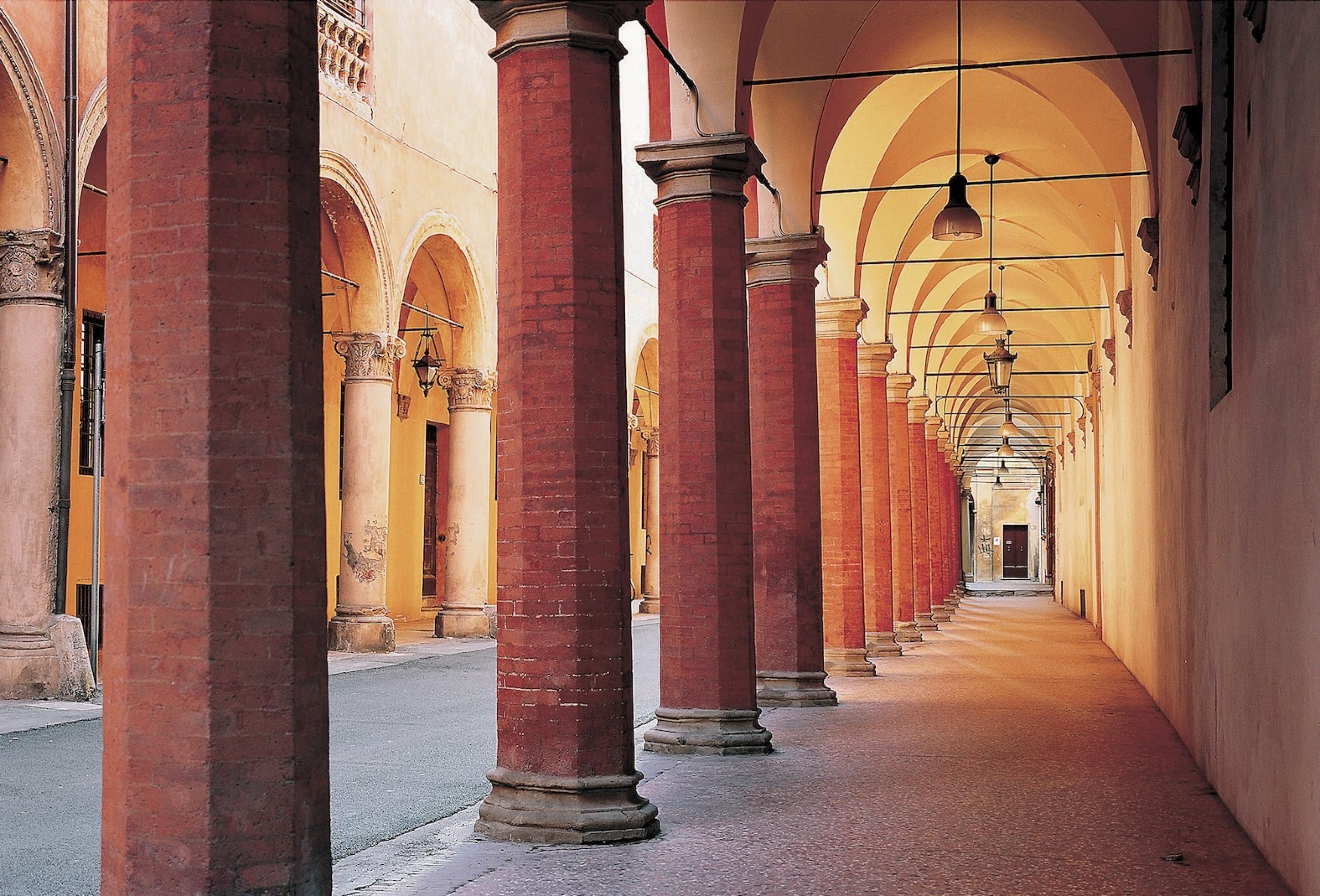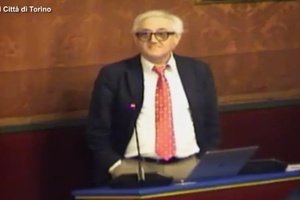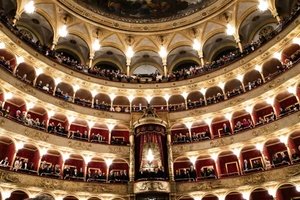It is the third such accolade awarded to Italy by UNESCO from its 44th World Heritage Committee meeting currently underway in Fuzhou, China.
At the weekend the coveted status was given to the 14th-century fresco cycles in the northern city of Padua, with Montecatini Terme in Tuscany being added to the transnational ‘Great Spa Towns of Europe’.
“Bologna and its arcades find the place they deserve,” Italy’s deputy culture minister and Bologna native, Lucia Borgonzoni, said following the announcement.
The porticoes, a distinctive feature of Bologna for almost 1000 years, have been in the tentative list of UNESCO’s World Heritage sites since 2006.
The award relates to 12 of the most symbolic sections of the porticoes, from the centre to the suburbs, out of a total of 62 kilometres of city arcades.
#Unesco, @dariofrance: «Ancora una bella giornata per il patrimonio nazionale. Con l’iscrizione dei Portici di #Bologna nella lista del patrimonio mondiale, dopo Padova Urbs Picta e Montecatini, sono 3 i siti italiani riconosciuti dall’Unesco nel 2021». https://t.co/vZ5Xk3HVR6 pic.twitter.com/nrwN3jCgpY
— Ministero della cultura (@MiC_Italia) July 28, 2021
UNESCO stated that the porticoes of Bologna can be “regarded on the whole as unique from an architectural viewpoint in terms of their authenticity and integrity”.
“Some of the porticoes are built of wood, others of stone or brick, as well as reinforced concrete, covering roads, squares, paths and walkways, either on one or both sides of a street,” UNESCO said in a statement.
“The porticoes are appreciated as sheltered walkways and prime locations for merchant activities.
“In the 20th century, the use of concrete allowed the replacement of the traditional vaulted arcades with new building possibilities and a new architectural language for the porticoes emerged, as exemplified in the Barca district.
“Together, the selected porticoes reflect different typologies, urban and social functions and chronological phases.
“Defined as private property for public use, the porticoes have become an expression and element of Bologna’s urban identity.”
Over the centuries, the porticoes also increased the city’s housing supply, with lodgings built atop them — an asset for Bologna, where millions of students have flocked since the founding in 1088 of its university, one of the oldest in the world.
Some of the best preserved examples containing their original building materials are: Portico di San Luca (the longest covered walkway in the world); Portico degli Alemanni; Casa Isolani; Casa Grassi; and the houses on Via Begatto.
The addition of Bologna’s porticoes means that Italy now has 58 sites recognised on UNESCO’s World Heritage list.
It includes entire city centres, such as the historic centres of Rome, Naples and Florence, Venice and its lagoon, as well as archaeological areas such as the ruins of Pompeii and Herculaneum, and the scenic Amalfi Coast.












